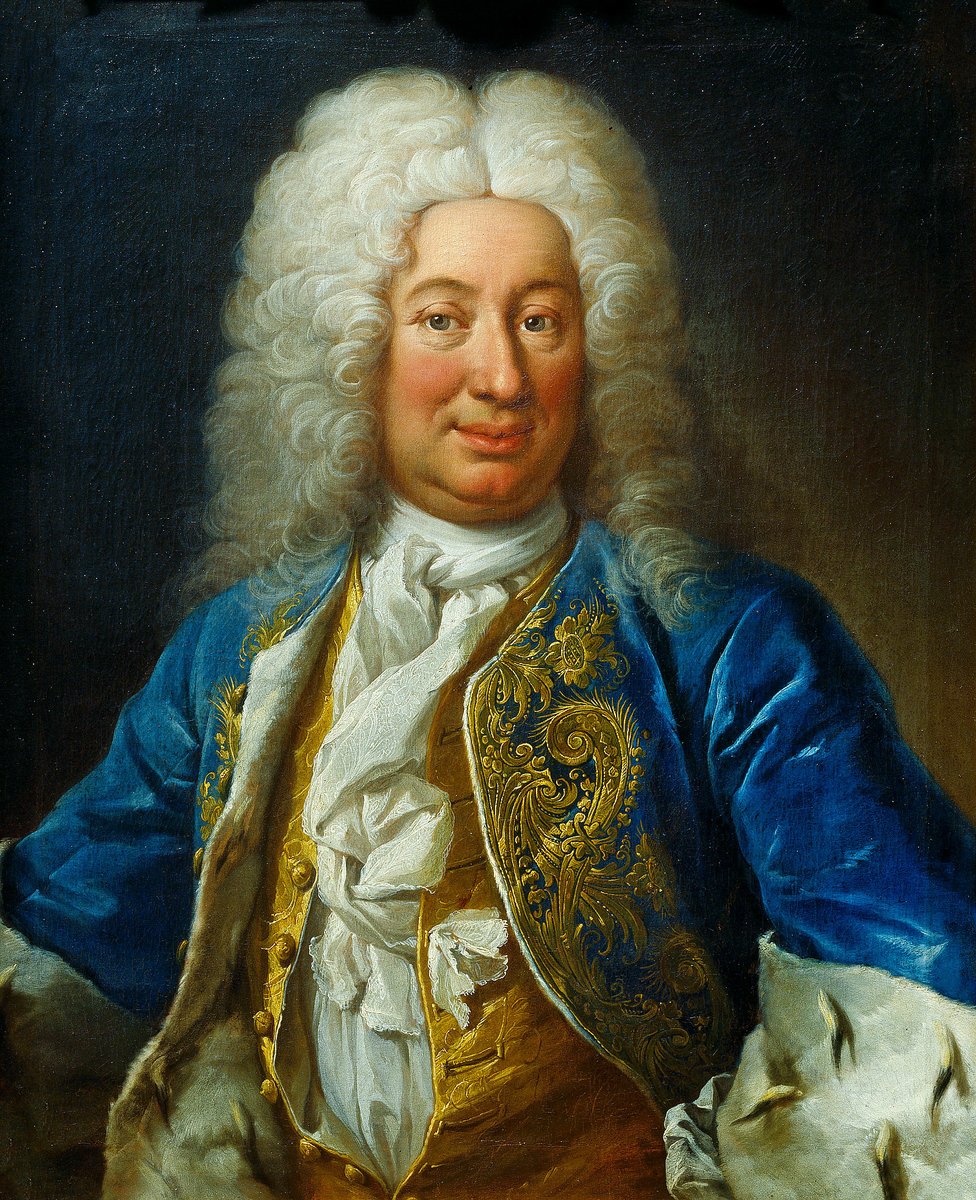
A Frankish princess, ruler of an ancient city, besieged in her own capital by her son.
Story in the evening ...
Story in the evening ...
https://twitter.com/Arby_K/status/1382883983583637509
Melisende was born around 1105 to Baudouin de Rethel and Morfia of Melitene. Her father had accompanied the Boulogne brothers, Godefroi and Baudouin, when they set out towards the Levant on the bugle call of the Pope. 1/10 

The two Baudouins headed for Edessa first, where they were received by the local Armenian ruler, Thoros. After marrying his daughter, Baudouin de Boulogne acquired Edessa in 1098. Baudouin de Rethel then set off for Jerusalem which was being besieged by Godefroi de Boulogne. 2/10 

The Frankish forces led by Godefroi de Boulogne and many other Frankish nobles had captured Jerusalem in 1099. Godefroi was appointed as the de facto ruler of Jerusalem, while the other nobles acquired cities across the Levant. 3/10 

Godefroi died in 1100 and his brother, Baudouin de Boulogne, was put in charge of Jerusalem. He crowned himself King and appointed Baudouin de Rethel the Count of Edessa. To strengthen his hold in Edessa, Baudouin de Rethel married an Armenian noble, Morfia. 4/10 

After King Baudouin died in 1118, Baudouin de Rethel was elected as King. The new King appointed his cousin, Joscelin de Courtenay, in Edessa. Without a male heir, he married his eldest daughter, Melisende, to a war veteran, Foulques d'Anjou, in 1129. 5/10 

Foulques, who was already the Count of Anjou and had experience fighting in Levant, was much older than Melisende. He left his County to his son Geoffroy and came to Jerusalem. Geoffroy was married to the (former) Empress Matilda, daughter of the English King Henry. 6/10 

Foulques and Melisende ruled Jerusalem jointly after Baudouin's death in 1131. There was soon friction between the two, with Foulques exerting his rule, but eventually they reconciled. With the Seljuk Atabeg of Mosul threatening the Frankish states, war was inevitable. 7/10 

Foulques died in an accident in 1143. The next year, the Atabeg of Mosul, Imad al-Din Zengi, captured Edessa. A Crusade led by the French King Louis, German King Konrad and Melisende's son, Baudouin, followed, but it was a failure. 8/10 



In 1149, Nur ad-Din Zengi attacked Antioch, in which its ruler was killed. Baudouin led a relief army, helping evacuation of nearby Turbessel. Returning, Baudouin demanded independent rule. Melisende refused, which caused Baudouin to besiege his mother in the Tower of David. 9/10 

Baudouin captured Ashkelon in 1153 and maintained an uneasy truce with the Zengi. With Baudouin away on wars, Melisende would rule as Regent. Amaury, who succeeded Baudouin, headed south and invaded Egypt, weakening it, leading to its conquest by Zengi general, Saladin. 10/10 

• • •
Missing some Tweet in this thread? You can try to
force a refresh
















